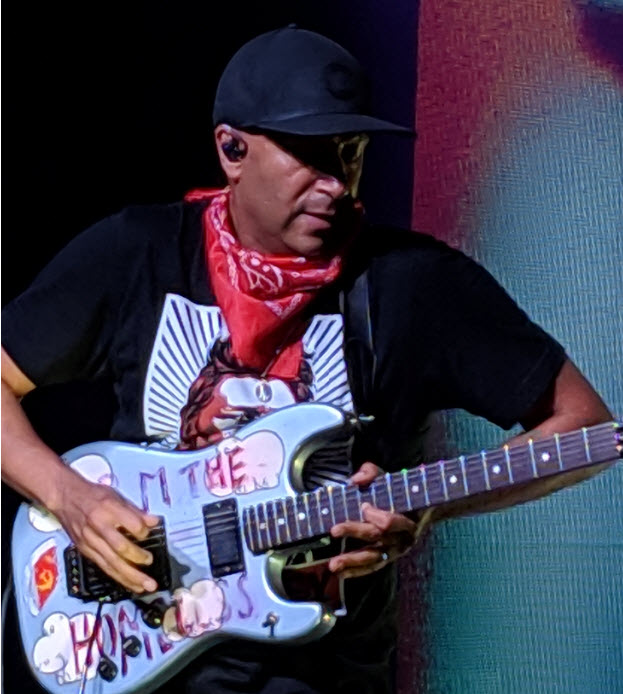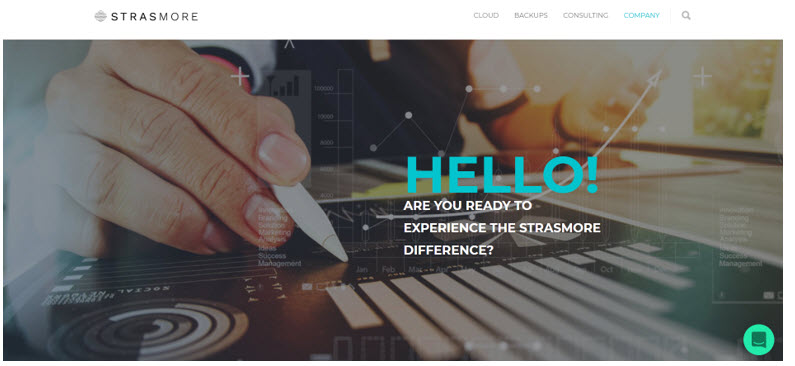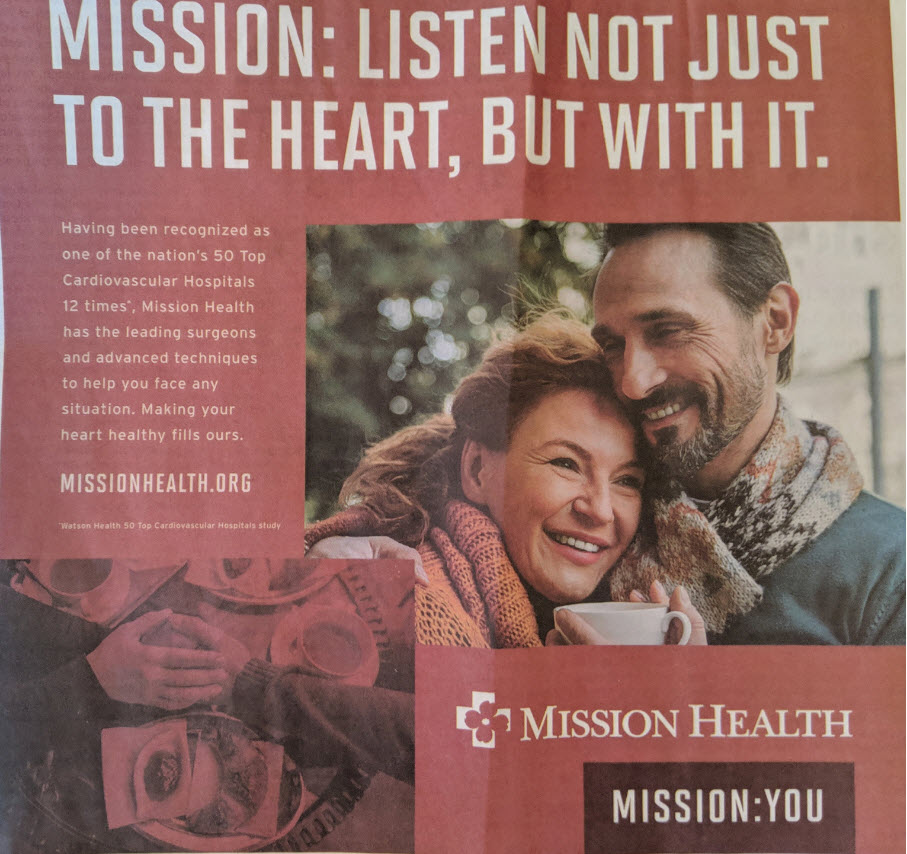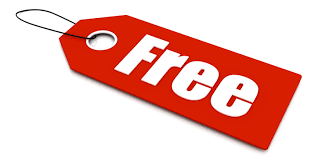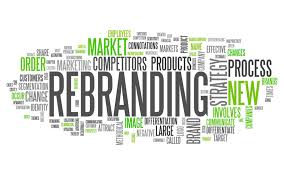Brand Planning Interview Starters.
Yesterday I wrote about the need to understand the language or dialect of the customer.
Marketers thoroughly understand the language of the product and speak it exhaustively in their building but it’s only when they get into the field that they’re able to know if it syncs with the language of the customer.
Companies that want to learn the language or dialect of the customer hire a brand planner.
When attempting to learn language in a new category I start by breaking out one of my trusty questionnaires. But those question sets don’t always help me learn the category, which is prerequisite of learning the language. Hence some customization has to take place,
A tip.
On a recent technical engagement, I popped out this little discussion starter, “Write the headline that captures the most important news in the ____ business today.” The headline (and it must be a headline, not a run on) set up the next question or six. Another clarifying question I used was “In what segments of the _____ business would you say (company name) operates?” And I riff on that.
Learning starts every brand planning party.
Peace.




